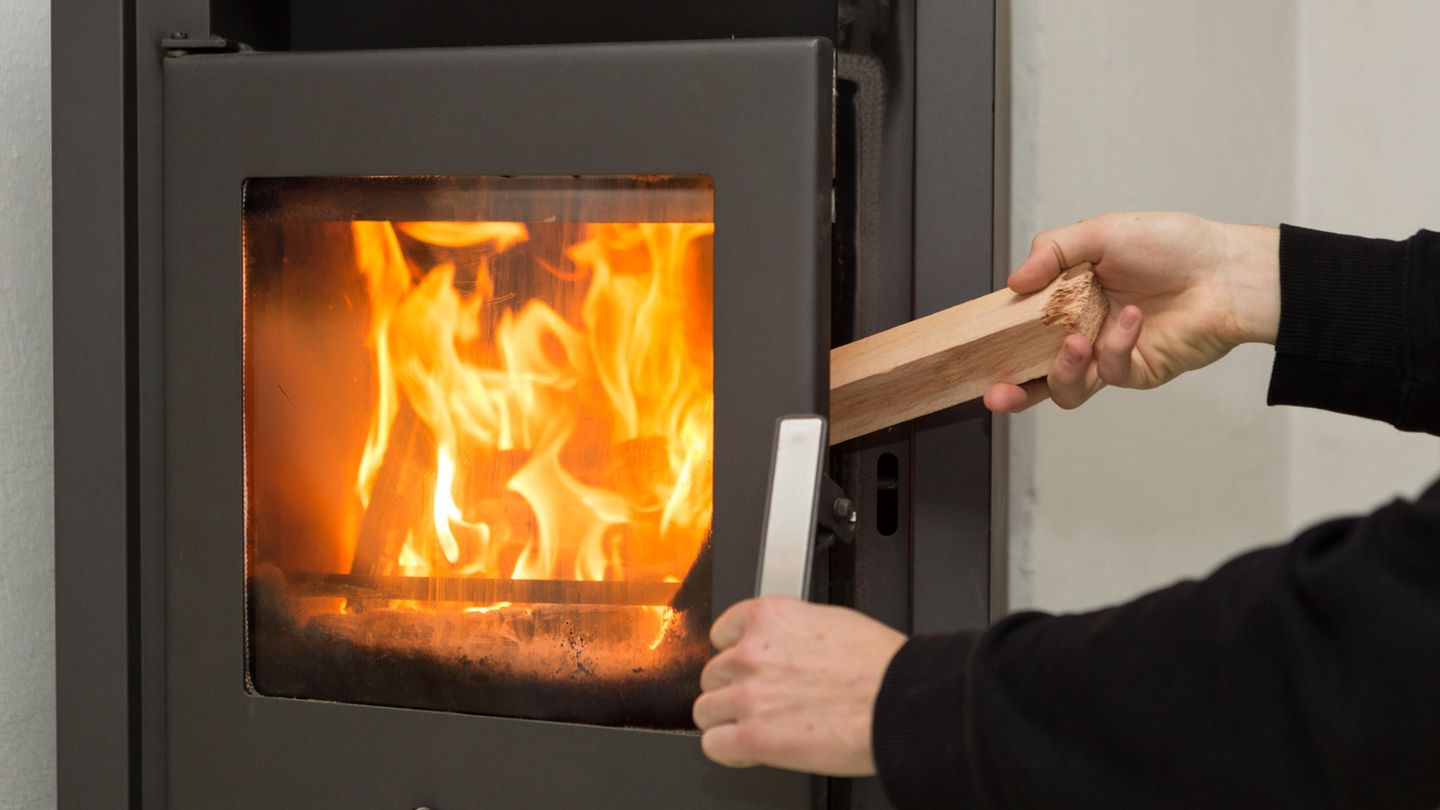Older stoves for wood or pellets will have to be replaced in the future. The reason lies in their fine dust pollution. Which ovens may no longer be used after the end of 2024 and in which cases there are exceptions.
This article first appeared on RTL.de
There is currently a lot of trouble about heating systems. The end of gas and oil heating is coming soon. But there is now another heating option that should be checked: Heating with older stoves. RTL knows which models and vintages are affected.
Particulate pollution from fireplaces
When it comes to wood-burning stoves, there is a buzzword that is not particularly trendy at the moment, but is still ubiquitous: fine dust pollution. The 1st Federal Immission Control Ordinance (BImSchV) came into force on March 22, 2010 to get this under control.
The ordinance regulates the installation, quality and operation of small combustion systems in private households as well as in industry and commerce. It applies to small and medium-sized combustion plants that do not require approval under the Federal Immission Control Act.
These include:
- Chimney
- stove
- tiled stove
- pellet stove
- log stove
- wood chip stove
- coal stove
The ordinance basically stipulates when and at what emission values older stoves are to be taken out of service and what requirements they have to meet. As early as 2020, furnaces that were built before 1995 and could not meet certain limit values had to be shut down.
These stoves now need to be inspected
Wood-burning stoves that were put into operation between January 1, 1995 and March 21, 2010 must be replaced by December 31, 2024. Important: The exchange only has to take place if the following limit values of level 1 of the BImSchV are not exceeded:
- Emission of 2.0g/m³ carbon monoxide
- Emissions of 0.075 g/m³ fine dust
In addition, the combustion system must have an efficiency of at least 75 percent (tiled stove: 80 percent).
If you have a manufacturer’s certificate that certifies compliance with the limit values, or if the stove passes an on-site measurement by the chimney sweep, the stove can continue to be operated without time restrictions. With some devices, the limit values can also be reached by installing a filter.
If the stove does not meet specification and cannot be upgraded, it must be taken out of service and replaced with a newer model that meets current specifications. The Federal Environment Agency generally recommends replacing systems that are more than 15 years old. Tip: When buying a new stove, the focus should be on high efficiency and low emissions.
heat pump, insulation, windows
There is money from the state for the house renovation
There are exceptions for wood-burning stoves
But there are also exceptions. Not every stove has to be replaced by the end of 2024. According to the 1st BImSchV, the following fireplaces are excluded:
- Stoves, which are the only source of heat in the house
- open fireplaces that are rarely fired
- basic stoves
- historic ovens built before 1950
- Cooking stoves, ovens and bath stoves
If you’re not sure what type of oven you’re running, call in a professional. He can then certify whether your oven falls under the exceptions – and measure the limit values on site if necessary.
Source: Stern




